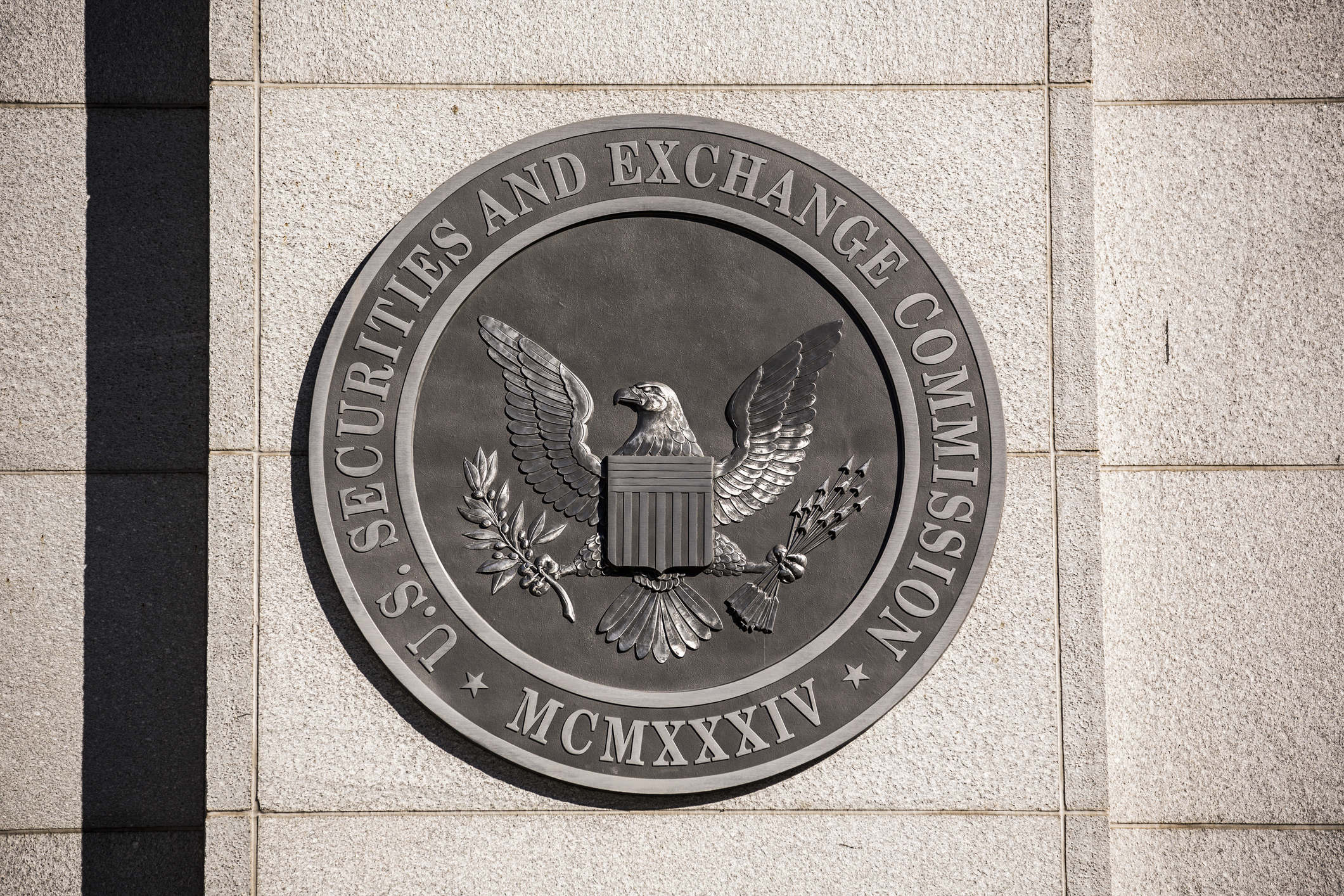Exempt reporting advisers (ERAs) are a rapidly growing contingent of the financial advisory industry, but the who, what, when, where, why and how of ERAs can be confusing for advisers and clients alike.
We want to help clear up some of the confusion by addressing the most frequently asked questions we hear about ERAs.
7 FAQs on Exempt Reporting Advisers
As a partner of ERAs and RIA firms, we’re well-versed in what questions you may be asking yourself. And to help provide some clarity, we’ve gathered some of the most frequently asked questions about ERAs and offered some answers to help get you up to speed.
What is an Exempt Reporting Adviser?
Exempt Reporting Advisers (ERAs) are investment advisers that are not required to register with the U.S. Securities Exchange Commission (SEC) or state regulators, but must still pay fees and report public information via the IARD/FINRA system.
What is the difference between an Exempt Reporting Adviser and a Registered Investment Adviser?
ERAs do not have to register with the SEC or state regulators because they meet certain requirements, such as advising exclusively on venture capital funds or managing private funds under a certain amount. RIAs are required to register with the SEC or state regulators because they meet the definition of investment adviser, which provides investment advice (typically to retail investors or institutions).
As a result of their differences, ERAs are not required to maintain the same compliance regulations as RIAs, such as Form ADV 2, policies and procedures manuals and others. That being said, ERAs still have required regulatory filings, such as Form ADV 1A, Form PF, Form D and Blue Sky filings.
Despite these differences, both ERAs and RIAs are required to pay fees and report public information via the IARD/FINRA system.
What exemptions classify an Exempt Reporting Adviser?
Federally, the two exemptions that advisers can use to claim ERA status are:
- Private Fund Adviser Exemption – This applies to advisers who advise solely on private funds and has less than $150 million in assets under management (“AUM”).
- Venture Capital Fund Adviser Exemption – This applies to advisers who advise solely on venture capital funds (see the SEC’s definition of a venture capital fund here).
How do I file as an Exempt Reporting Adviser?
If you’re considering applying for ERA status, you must file an initial exempt reporting Form ADV within 60 days of starting an advisory relationship with your first fund.
The Form ADV has two parts for RIAs, but ERAs do not have to complete Part 2 and only have to complete certain portions of Part 1A, including information about:
- The adviser’s business,
- The persons who own or control the business, and
- Whether the adviser or certain of its personnel have been sanctioned for violating the securities laws or other laws.
For more information, see the SEC’s guidelines for registering as an exempt reporting adviser.
When does an Exempt Reporting Adviser have to register as a Registered Investment Adviser?
If either exemption (private fund or venture capital) becomes inapplicable because the adviser will be taking on separately managed accounts (SMAs), in addition to the current funds, then the investment adviser must promptly register with the appropriate regulator (SEC or state) prior to taking on its first SMA.
If an ERA reports in its annual Form ADV amendment that it has $150 million or more of private fund AUM or has agreed to serve a client that is not a private fund, the adviser is no longer eligible for the private fund adviser exemption.
Once an investment adviser becomes ineligible for the exemption provided by the Dodd Frank Act, the adviser must comply with all applicable laws and rules – requiring registration with the SEC or notice filing within 90 days of ineligibility of the exemption.
The adviser may continue to act as a private fund adviser, consistent with the requirements of rule 203(m)-1 during the 90-day transition period.
One important note: The 90-day transition period is not available to advisers that have failed to comply with all SEC reporting requirements applicable to an ERA, or that have accepted a client that is not a private fund.
How do I make the transition from Exempt Reporting Adviser to Registered Investment Adviser?
Since the firm will now be registered as an RIA, it will be subject to the typical rules and requirements of an RIA such as the Code of Ethics, policies and procedures manual and ADV 2 brochure filing requirements.
Please note: There are significant differences in rules and requirements between an ERA and RIA. For example, an ERA is not required to prepare the ADV Part 2A brochure, while an RIA is required to complete and file these forms. Learn more about the compliance requirements of an RIA firm here.
As part of the transition of status, the firm will need to submit a final report as an exempt reporting adviser in FINRA’s IARD system, and apply for registration with the appropriate regulator (SEC or state).
Related: Transitioning from an ERA to an RIA
How many Exempt Reporting Advisers are there in the US?
As of October 2023, the SEC says there are almost 6,000 ERA firms in the United States, as opposed to nearly 16,000 RIA firms.
Welcome to ERA Compliance with Confidence
ERAs face a unique set of regulatory requirements and requires a customized compliance solution to meet those obligations.
Comply offers tailored consulting and technology services to help your firm identify and address compliance risks. The Private Fund Platform – a customized version of our industry-leading MyRIACompliance® online RIA compliance software platform was designed to enable compliance confidence for ERAs and private fund advisers.
The Private Fund Platform gives ERAs access to tools built to manage and automate compliance processes and streamline regulatory filings, all in a centralized location, saving you time and money while meeting all compliance requirements.
By utilizing Comply’s tools and solutions, your RIA firm can ensure its compliance with regulators’ expectations.




